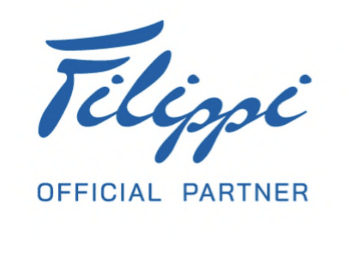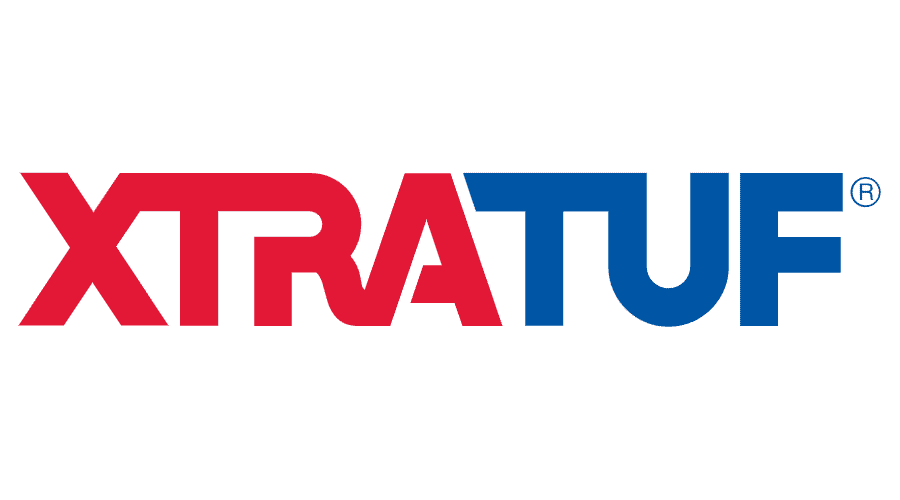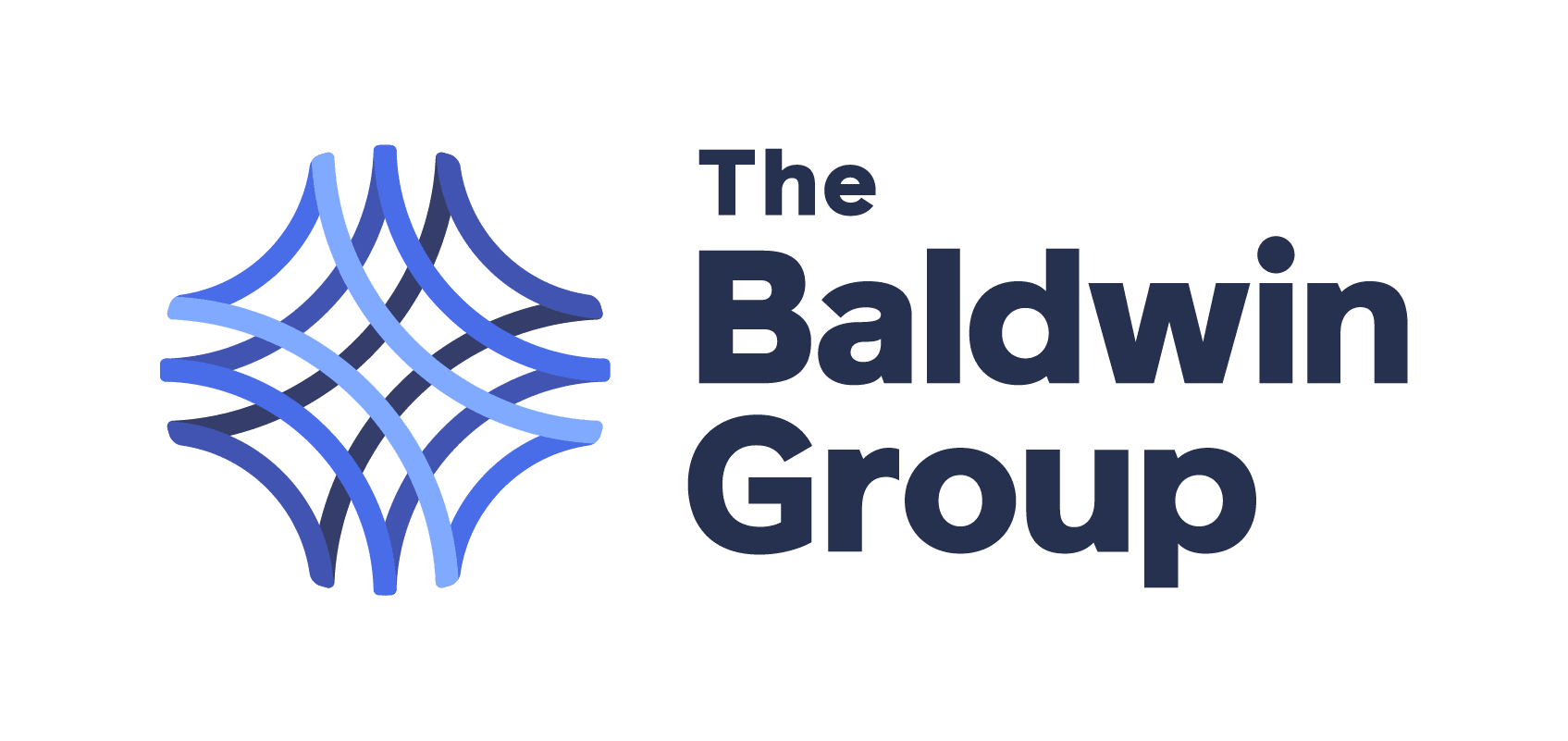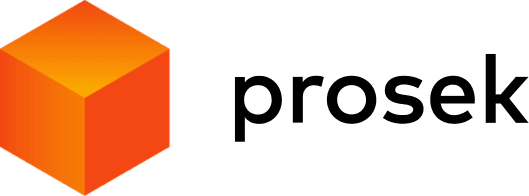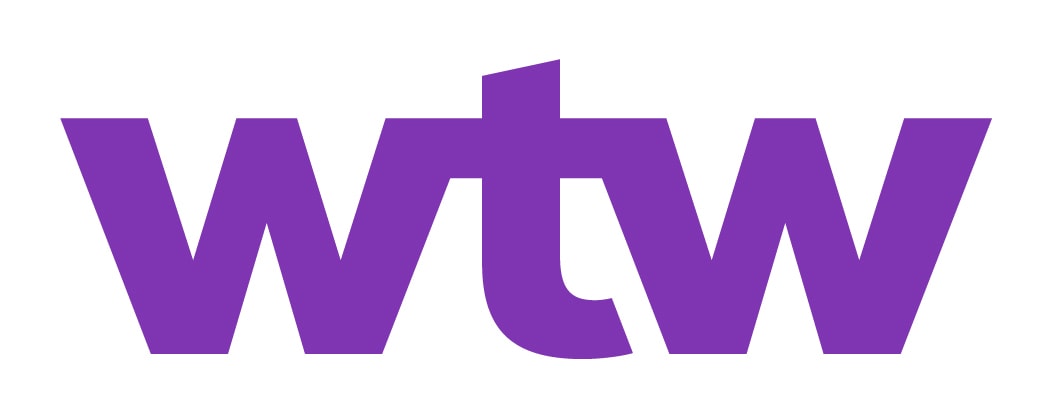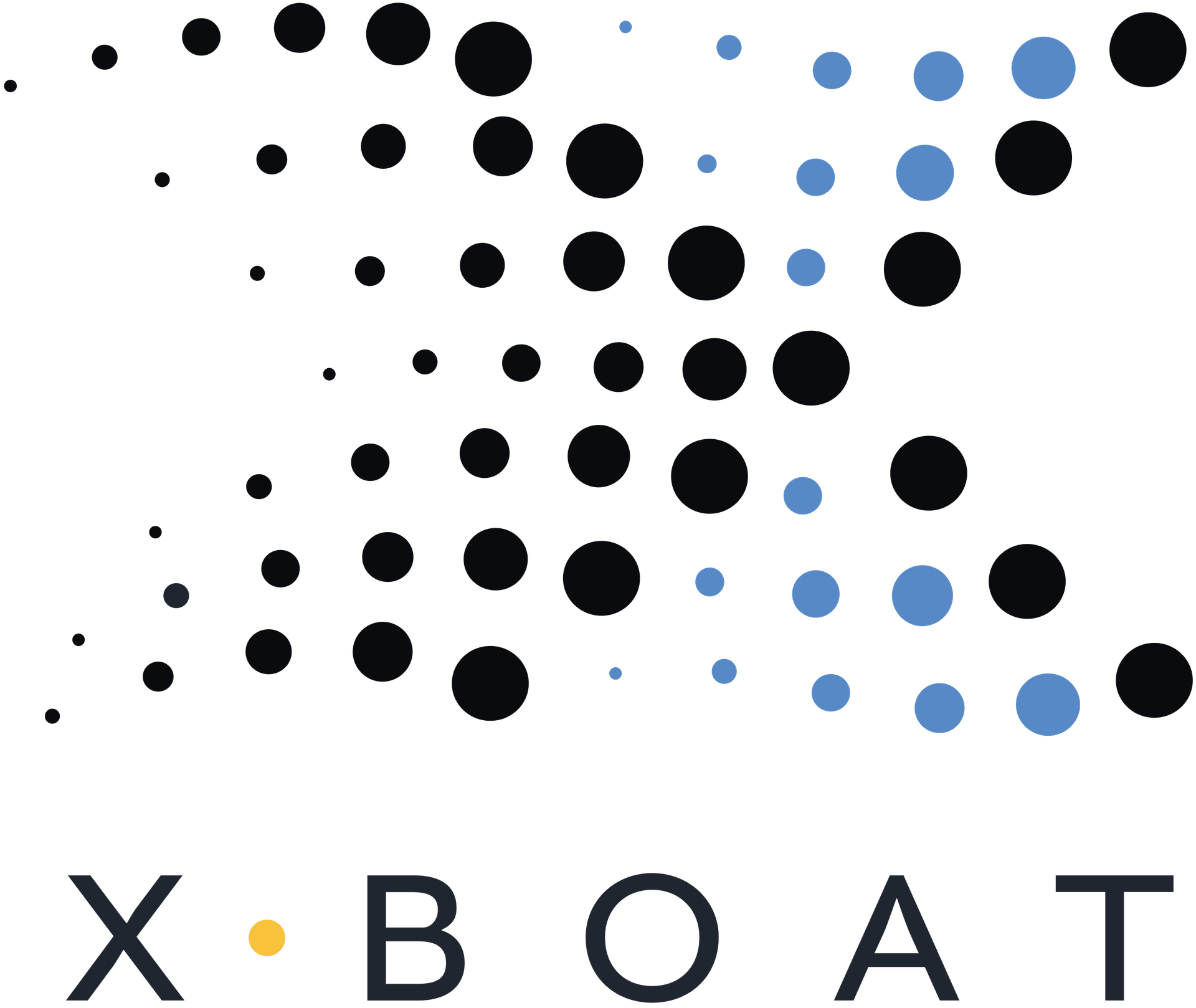
Jun 05, 2025
United We Row
Meet Our Unity Partner: Center for Healing and Justice Through Sport
Center for Healing and Justice through Sport is a national nonprofit organization working to ensure that more young people and athletes have access to sport experiences that are healing-centered, inclusive, and work to address issues of systemic injustice.
What is the mission of your organization?
The Center for Healing and Justice through Sport (CHJS) was created because we believe sport is one of the most powerful, yet underused tools we have to help young people heal and thrive. Our mission is to redesign the way sport is delivered so that it's intentionally built for healing, equity, and belonging. We use research-backed strategies to help coaches and organizations create environments where kids feel safe, supported, and seen. We also work to change the systems and conditions outside of sports that keep too many young people from ever getting in the game.
What resources do the Center for Healing and Justice through Sport have?
We provide the tools, support, and systems that help sport become a force for healing.
Our trainings are interactive, science-backed, and built alongside Dr. Bruce Perry. They give coaches and youth workers practical ways to respond to trauma and stress through sport. To date, we’ve trained over 42,000 coaches to turn what they already do into something deeply healing for young people.
Our consulting work helps organizations embed this healing-centered approach into everything they do. Whether it's a national league or a local nonprofit, we walk alongside teams to reimagine how sport can serve as a tool for regulation, connection, and growth across every level of the program.
Lastly, our collective action work advocates for policies and resources to reach grassroots organizations that historically don’t have access to change when operating independently.
Why is sport such a strong solution for young people in challenging times?
We know the statistics about the youth mental health crisis, but here’s what we don’t talk about enough: the brain, and its remarkable ability to heal. Neuroscience shows that while trauma and adversity can harm the brain—particularly in children—they don’t have to define it. With the right conditions, the brain can regulate, rewire, and recover. That’s the hopeful truth at the heart of our work at the Center for Healing and Justice through Sport (CHJS).
At CHJS, we believe sport is a vastly underutilized solution to drive mental health. But not just any sport. Sport, when designed with intention, is one of the few approaches that naturally provides what the brain needs to heal: movement, relationships, and manageable stress. These ingredients help regulate the nervous system and build resilience, especially for youth in communities that experience disproportionate levels of trauma and adversity.
When we intentionally align the structure of sport with what we know about the brain, it becomes more than a game. It becomes a biologically respectful mental health approach. That’s what we call healing-centered sport
Why is sport such a powerful instrument for social change?
Sport meets people where they are and moves them forward.
When coaches understand the systems their athletes are navigating—and create safe, healing spaces inside sport—young people begin to believe in their own power. And when young people believe in their power, systems start to change.
What are some ways the rowing community can improve inclusion and belonging in our sport?
The rowing community can build inclusion by creating spaces that are predictable, safe, and welcoming to every young person as their whole self—not regardless of who they are, but because of it.
That means:
- Referring to players in the ways they choose, honoring pronouns, nicknames, and cultural identity.
- Making sure equipment, uniforms, and facilities are accessible and inclusive.
- Diversifying who’s in charge. Young people need to see coaches, leaders, and mentors who look like them.
- Creating opt-in, opt-out choices, giving athletes a voice, agency, and the ability to lead.
- Building routines and rituals that help everyone feel seen, like team shoutouts, consistent check-ins, and space to reflect.
What message would you like to send the rowing community reading this?
This sport is built on rhythm, repetition, and connection, the same ingredients the brain needs to regulate and grow. That makes rowing one of the most powerful environments for helping young people heal from stress and adversity.
But that healing can only happen if the space is safe, inclusive, and intentionally designed for belonging. So keep showing up. Keep building routines that center people, not just performance. Keep making your team a place where every young person feels seen, valued, and part of something bigger than themselves.
How can people support your mission?
Start where you are. Bring CHJS training to your club. Share our message. Follow us and amplify our work. Most importantly, every team, every practice, every interaction is a chance to build the healing-centered sport movement. Want to help? Visit www.chjs.org to get involved.




